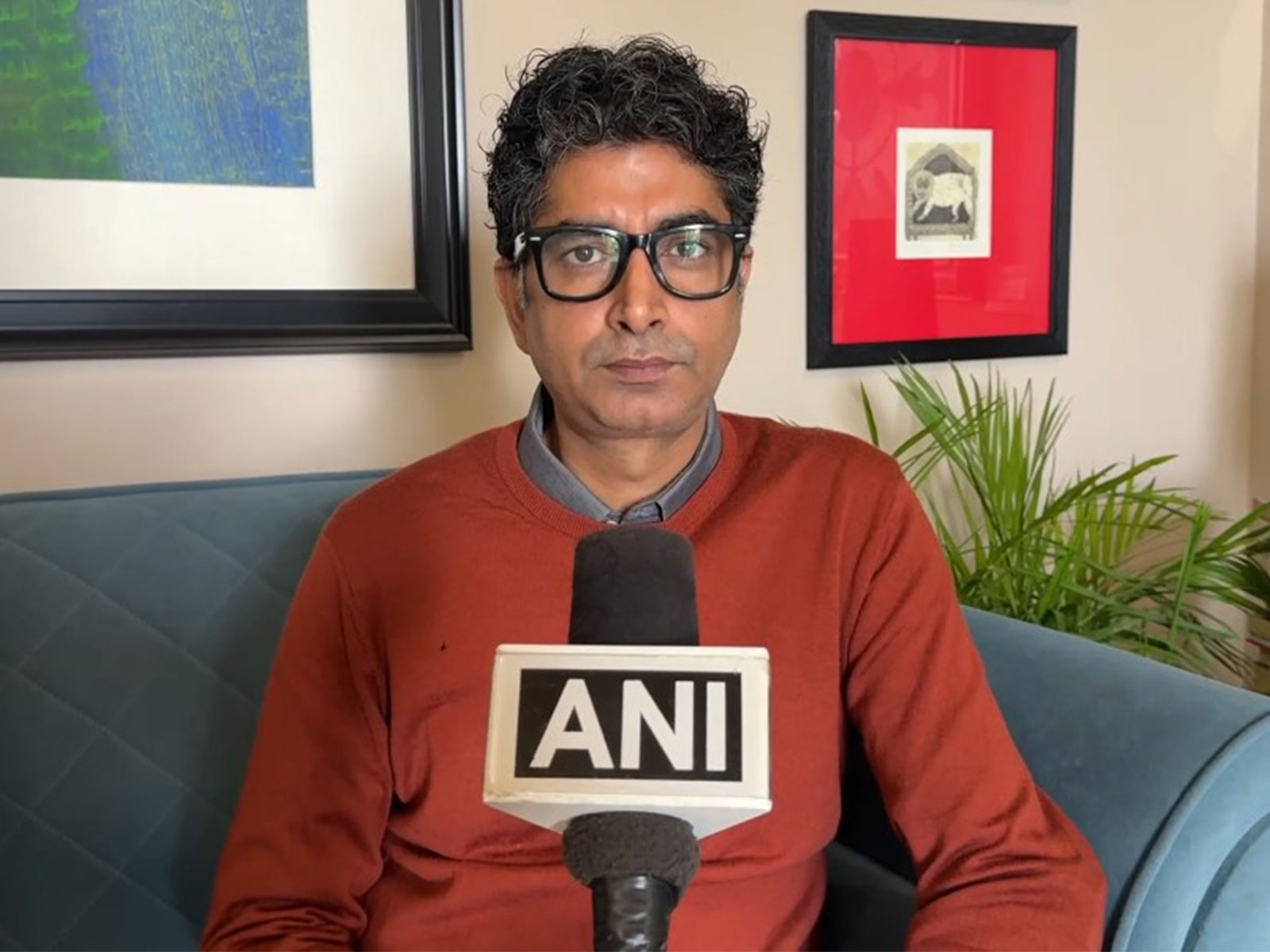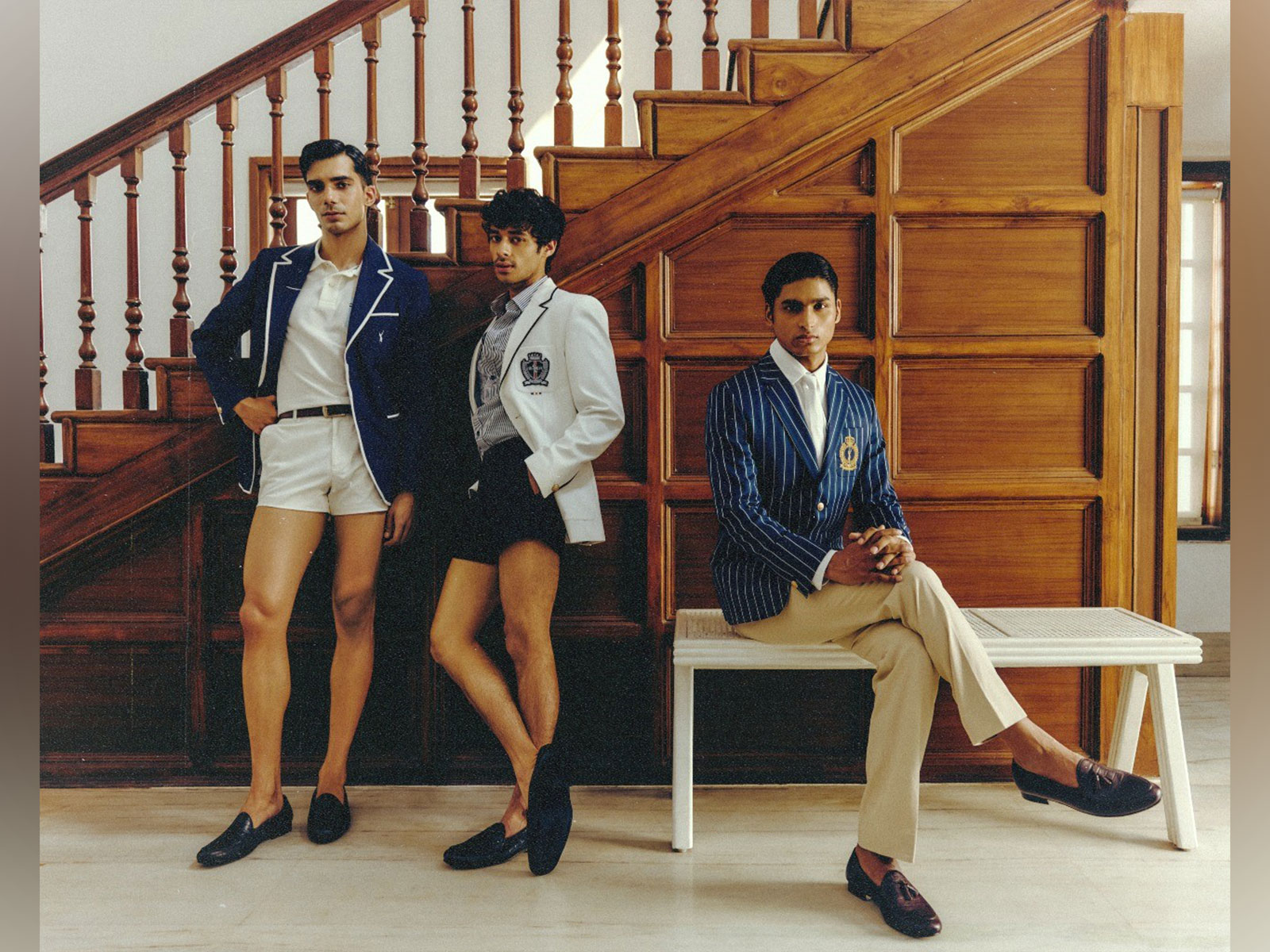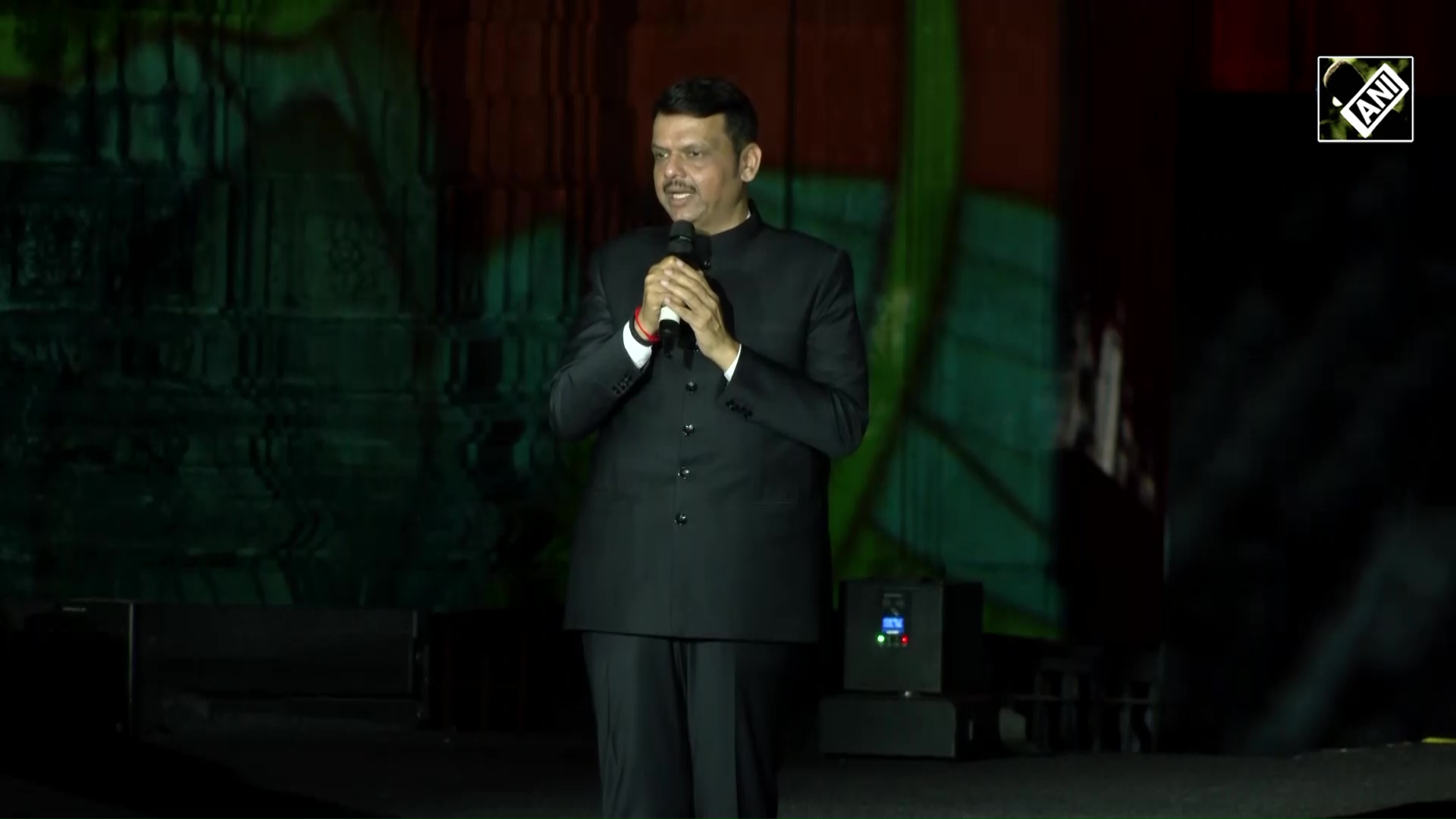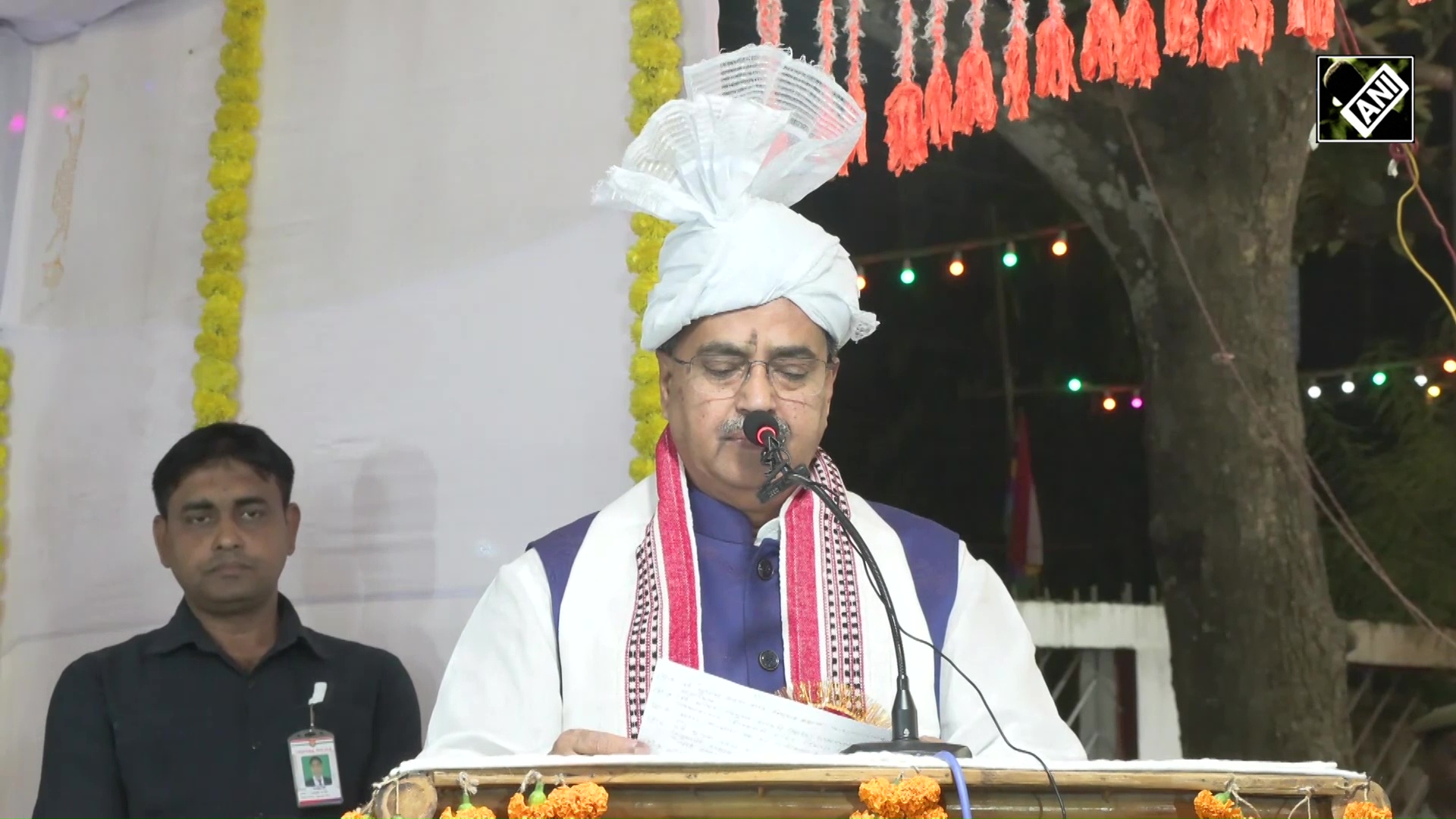Is the PLA ground force facing comparative neglect?
Nov 23, 2021

Hong Kong, November 23 : The ground force of the People's Liberation Army (PLA) contains approximately 975,000 active-duty soldiers, but in some regards, its modernization is being left behind by China's heavy investment in the navy, air force and missile force. The ground force makes up slightly less than half the PLA's two million members.
A report known as Military and Security Developments Involving the People's Republic of China 2021, published by the Pentagon on 3 November, stated that the PLA ground force had "generally achieved mechanization" by 2020. It summarized, "Despite the COVID-19 pandemic, border clashes with India and other significant events in 2020, the PLA (ground force) accelerated its training and fielding of equipment from the already fast pace of recent years."
Nevertheless, this annual report for US Congress went on to say that the Chinese ground force "remains a relative laggard within the PLA in terms of modernization". This is quite an astounding statement, but there are reasons for it. Within the PLA, major modernization efforts have occurred approximately every 20 years.
Future targets, as enunciated by Chairman Xi Jinping, who is head of the powerful Central Military Commission (CMC), are to "basically complete national defence and military modernization by 2035", and to possess a "world-class military" by 2049.
Many commentators make much of the "rapid" pace of PLA modernization, but perhaps this word is not the most apt. Given the enormous size of the PLA, it takes a long time to withdraw legacy equipment and replace it with modern equivalents. Therefore, it would perhaps be better to term the Chinese military's modernization as "deliberate".
Such is the sheer bulk of the PLA that it cannot renew its inventory quickly. Indeed, Dennis Blasko, a prominent expert on the PLA and a former US defence attache in Beijing and Hong Kong in the 1990s, estimates that probably 25-30 per cent of the ground force - whether tanks, infantry fighting vehicles, artillery, etc. - is still legacy equipment. Thus, it will probably take till 2035 to get rid of all Soviet-era gear. "As fast as they're putting new equipment in, it's not fast enough for the size of the force," Blasko explained.
It was only in about 2018 that modern Type 96 and Type 99 tanks made up half the PLA's tank force, a process that took 20 years. If the Type 15 light tank is added, perhaps 60-70 per cent of the tank fleet today can be described as modern. This means that obsolete equipment such as Type 59 tanks is still common in armoured units.
Certainly, the PLA has been undergoing upheaval as the cumbersome, hierarchal and corrupt organization transformed in the past five or so years. 2016 was momentous, as Xi created five PLA theatre commands to promote joint operations. Has this reorganization been effective?
The answer is not clear, with Blasko telling ANI, "You know, we really can't judge until they actually get put into practice someplace where there's actually some shooting going on."
With the PLA not having fought a shooting war since its unsuccessful cross-border campaign against Vietnam in 1979, it is extremely difficult to adjudge whether the combat effectiveness of the PLA has improved.
There is no doubt that the PLA was well overdue for revamping. It underwent extreme growth pangs after 2016 as the whole military transformed. Indeed, Blasko noted of the reorganization: "It was totally disruptive. Literally, every army unit was modified and adapted in some way, and many personnel moved from one part of the country to another and were told to change their military occupational specialities or functions ... That standardization lasted for probably about two years."
At the same time as the five theatre commands were formed, further disruption was caused by the ground force transitioning from a divisional structure to a brigade-based one that is more modular and capable of independent operations in multiple theatres.
China has continued to tinker with its military structure since then, making modifications as it sees fit.
Blasko observed: "They did the changes and then immediately started to experiment, so in the next decade or so we're still going to see changes to the structure, especially as more new equipment comes in. I think, too, that they'll find some of their organizations may be too large for a single commander to handle. But I also foresee more general downsizing of personnel and structure in the coming decade."
As part of the PLA's reorganization, Xi wanted to redress the historical dominance of the army in relation to the navy, air force and rocket force. On two occasions, a theatre command has been led by a commander other than an army general, but currently, the PLA is back to five army commanders. Even if this might just be a temporary state, such ongoing army-centricity does nothing to convince the other services that they are equal to the ground force.
The PLA has been flaunting its strength in the South China Sea - where it has built military bases on reclaimed reefs, and shadows any foreign warship or aircraft that passes through or over international waters - and is doing much the same with Japan in the East China Sea.
Similarly, China has been using its air force to fly into Taiwan's air defence identification zone to cow Taipei into submission.
The PLA ground force has been largely missing out on such excitement, and the only real chance to flex its muscle is along with border areas, principally the disputed frontier with India.
This area falls under the aegis of the Western Theater Command -the largest of the five theatres, and which contains Tibet and Xinjiang. Tensions flared into a bloody confrontation in the Galwan Valley in June 2020, and both China and India maintain troop concentrations as neither side backs down.
Satellite imagery taken earlier this year suggests that perhaps a Chinese division's worth of 10,000 personnel and thousands of vehicles were spread over a 320km front and up to approximately 30km back from the Line of Actual Control in the Aksai Chin area.
Blasko told ANI: "Those are defensive positions. Most cannot mutually support each other through fire and manoeuvre because of the mountains ... But it's a deployment meant to consolidate ground; it's not a deployment that is concentrating on a push into India or anything like that. What they're doing is establishing these positions and then they can negotiate.'
Indeed, Blasko sees Indian border tensions as analogous to Beijing's South China Sea "salami-slicing" strategy - consolidating claims in disputed territory and extending its
strategic depth. "What they're trying to do is establish facts on the ground that then will continue there for a long time ... I see them set up to stay there indefinitely unless and until a political settlement is reached."
With this focus on the Aksai Chin area, it is interesting to note that the Xinjiang Military Command's four divisions have now all transformed into combined-arms divisions. Each division has three combined-arms regiments, a combat support regiment and a newly created firepower regiment (combining artillery and air defence assets).
For a long time, the Western Theater Command, and particularly the Xinjiang Military Command, has been treated as the ugly sister in terms of receiving modern equipment, especially compared to the Eastern Theater Command opposite Taiwan, for example.
However, in the past year or so, the PLA has been proudly publicizing the new equipment flooding into Xinjiang.
Examples of new hardware include PCL-181 6x6 155mm truck-mounted self-propelled howitzers in firepower regiments in both the 8th and 11th Combined Arms Divisions to replace 152mm towed howitzers. Another new type of artillery is the PCL-161 4x4 122mm truck-mounted howitzer.
Although the PCL-181 and PCL-161 are being introduced in numbers, it is questionable how much faster they are to deploy than towed artillery pieces. Video footage shows that their rear spades have to be dug in before the fire, and their lightly armoured cabs and manual loading would surely be vulnerable to airbursts from enemy counter-battery fire.
Speaking of artillery, the US Army recently assessed, "No other capability area within the PLA has received greater emphasis during the recent period of reform than fire support. In just over two decades, PLA fire support evolved from a collection of ageing Soviet-derived equipment to a largely indigenous, sophisticated, widely varied and numerous collection of gun and rocket systems."
There is also a preponderance of Type 08 8x8 armoured vehicles and Mengshi 4x4/6x6 light tactical vehicles. Units equipped with such wheeled vehicles can move rapidly by road, as well as be loaded into aircraft, trains or ships.
China is a master at propaganda, and it likes to present an image of an inexorably powerful PLA that is modern and capable. However, by digging deep enough, it becomes clear that the PLA routinely brings up the matter of tactical and small-unit leadership as being problematic.
Blasko explained: "They couch it in terms that some commanders have problems understanding the intentions of higher headquarters, can't make battlefield decisions, don't know how to deploy troops, etc. But they've been saying that now for five or six years, and what they're talking about is basic military leadership."
This area of difficulty includes how officers, non-commissioned officers and conscripts interact, and attempt to break down upward and downward communication barriers. The PLA does not seem to have as many professional military education courses like the US Army, for instance.
"You know, they've got a contradiction because what they're trying to do is push operations down to the battalion level," the former US Army military intelligence officer elaborated.
"Now they say the battalion is the lowest-level unit capable of independent operations. They're pushing more responsibility down to battalion level but, so far, I haven't seen a whole lot of formalized training for battalion commanders."
Blasko continued, "It almost seems like they're just throwing them the books and say, 'Learn about it online.' But at the same time, the CMC is sending down inspection teams to inspect training and inspect discipline. And so they're being told to go out and do things on their own, but they oftentimes turn around and there's somebody looking over their shoulder. So there's that friction."
Another area requiring constant attention is absolute loyalty to the Chinese Communist Party (CCP) and its figurehead Xi.
"We would think, with all the political training they do, that loyalty would not be as great an issue. But they quite frequently talk about having to enforce political loyalty or to make sure everybody is on the same sheet of music when it comes to the party. So in their minds, I think there's a question."
However, Blasko did not conceive of the PLA rising up against the CCP. The military has proven its loyalty numerous times already, including the Tiananmen Square Massacre of 1989.
Annually, the PLA and People's Armed Police conscript some 400,000 members. Although delayed a year because of COVID-19, this year the PLA went from one annual conscription period to two. The first cadre was inducted in March and a second in September. This change should even out stresses caused by massive annual departures and influxes of soldiers within units.
There is no doubt that the PLA is a force on the march. The ground forces might be struggling to keep up with the other services, but massive amounts of money are still being flung at it.
Indeed, the land-centric history of China will be hard for the PLA to quickly throw off. Additionally, the military remains at heart a political organization, and such status must affect its capability as a fighting force.



















